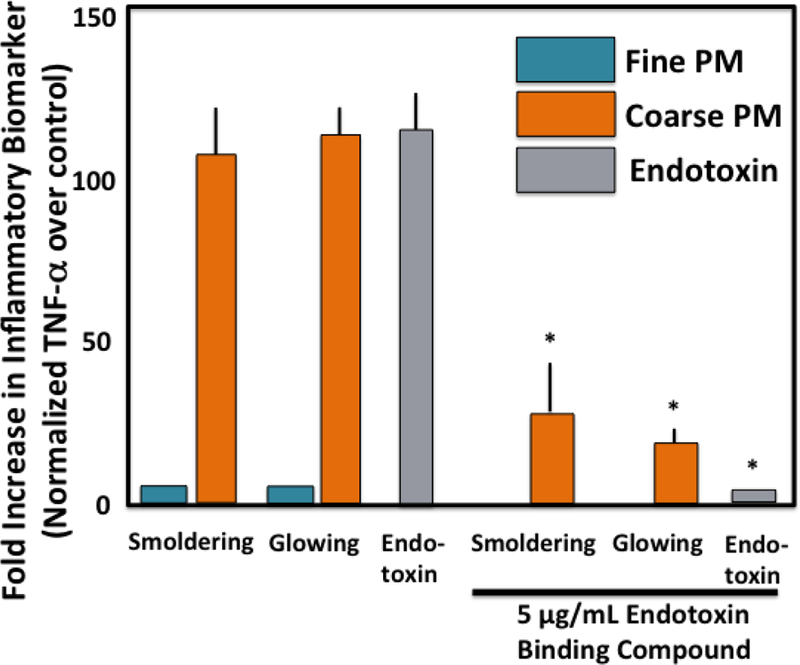Figure 3. Toxicology of Wildland Fire Emissions.

Murine lungs were exposed to fine (blue bars) and coarse (orange bars) PM collected at the 2008 Pocosin Lakes National Wildlife Refuge fire and endotoxin in the presence and absence of polymixin B (PMB) an antibiotic that binds endotoxin and blocks the effect of endotoxin, a key component of the outer membrane of Gram-negative bacteria. Murine lungs responded with an inflammatory response to exposure to endotoxin (Gray bar) as shown by the increase in the pro-inflammatory cytokine TNF-alpha. The effect of endotoxin was blocked by the addition of polymixin B. Coarse PM (orange bars) induced a pro-inflammatory response as indicated by the increased TNF-alpha, an effect blocked by polymyxin B. Inhibition of the TNF-alpha response by polymyxin B confirms that endotoxin probably plays a role in the inflammatory response induced by the coarse PM fraction. By contrast fine PM (blue bars) did not induce an inflammatory response in this model. (Kim et al., 2014)
